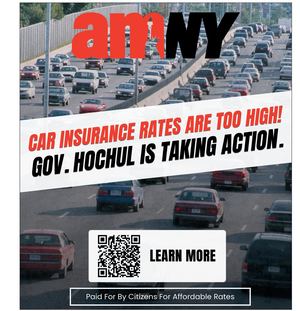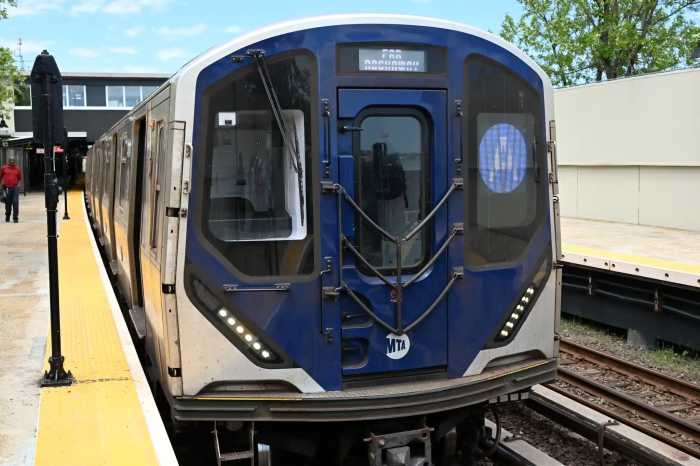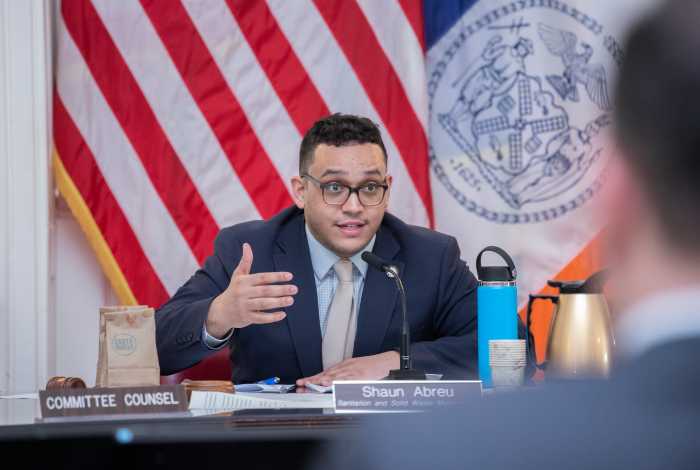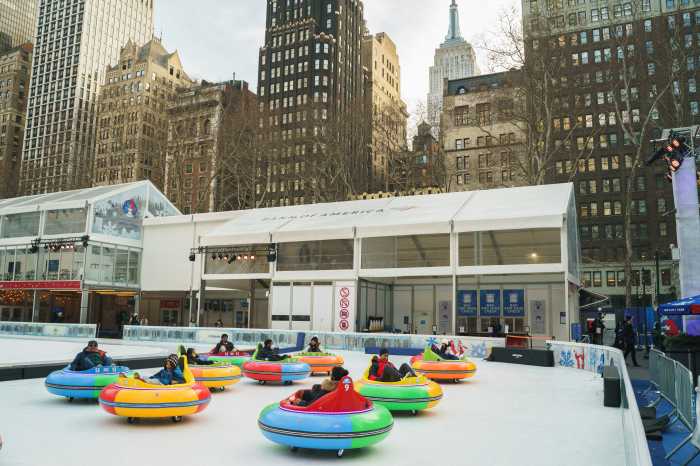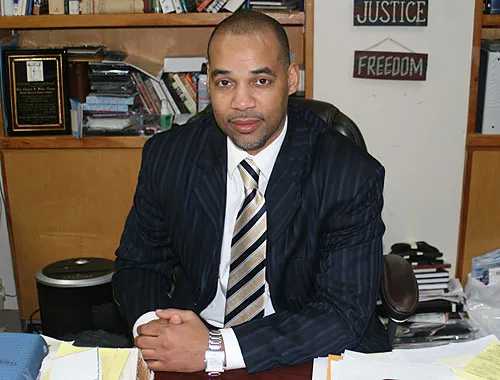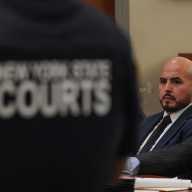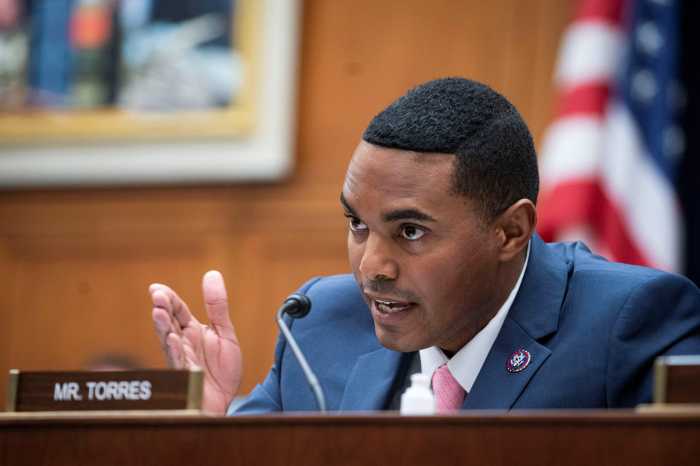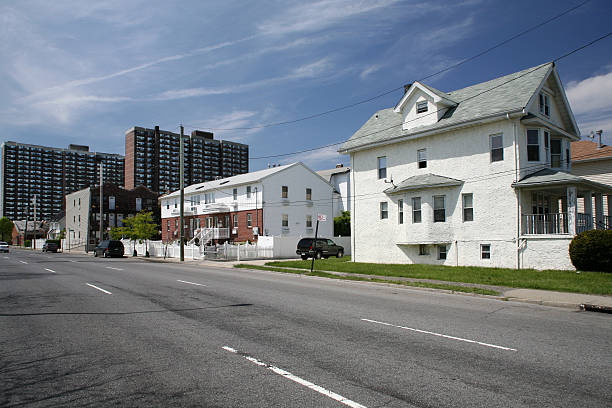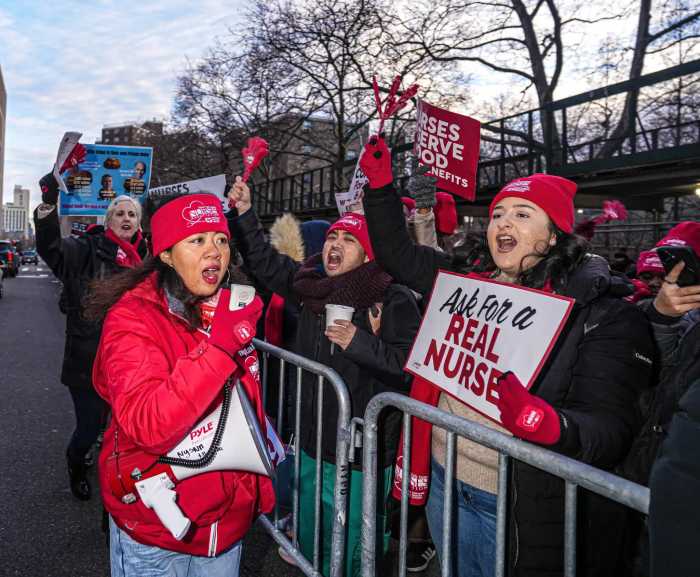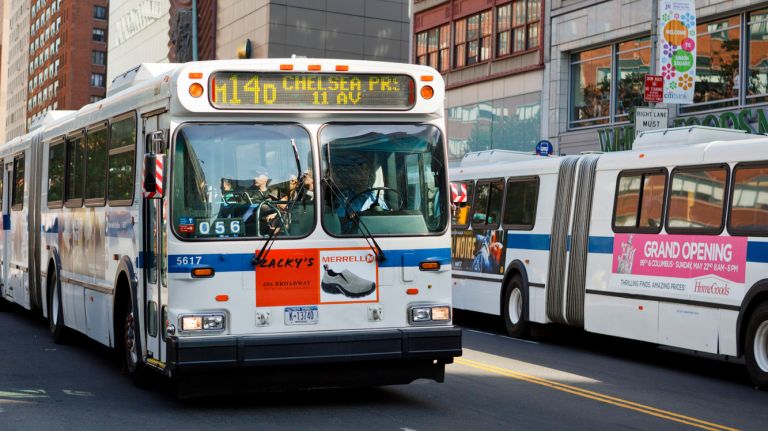
The most unreliable bus service in New York is not among the gridlock of Manhattan as one might expect; it’s actually in east Brooklyn.
Community Board 5 in Brooklyn, which encompasses neighborhoods such as East New York, Cypress Hills and New Lots, is home to the buses that “bunch” the most frequently, according to data compiled on a new website from the Bus Turnaround Campaign, a coalition pressuring the MTA to address the ills of its bus network.
Bunching is the term used to describe when buses on the same route arrive at stops right behind each other.
“The bunching metric is a good way for us to look at reliability because bunched buses mean that there’s an unexpectedly long gap in service along the route,” said Tabitha Decker, director of research and New York City program director at TransitCenter, one of four advocacy groups behind the campaign.
In Community Board 5, buses arrive bunched 15.8 percent of the time. The poor service in the area, which includes several transit deserts, proves that improving bus service is an issue of equity, advocates argue.
“There’s a population of New Yorkers who don’t live near the subway, areas of lower income; they cannot pay for taxis to move around,” said Stephanie Veras, a community organizer from Riders Alliance. “Having to wait for an unreliable bus makes people feel like they’re left out.”
Riders Alliance and TransitCenter will announce the new site at a rally for better bus service in Manhattan on Thursday alongside advocates from the Tri-State Transportation Campaign and NYPIRG Straphangers Campaign. Their new site breaks down bus service by several districts — community board, City Council, state Senate and Assembly.
“We really want riders to use this as a tool in working with elected officials,” said Stephanie Veras, a community organizer at Riders Alliance, one of four advocacy groups involved in the campaign. “We feel that they should know what’s going on in their neighborhood.”
Manhattan neighborhoods took top billing for some of the slowest bus routes in the city. At the state level, state Sen. Brad Hoylman’s district, which includes large swaths of Manhattan’s West Side and midtown, and parts of lower Manhattan, received the dubious honor of having the slowest bus service. Bus speeds there averaged at 4.7 miles per hour, or about the average tempo of a brisk jog.
“That’s an award no senate district wants to win,” said Hoylman, who said part of the problem stems from funding commitment from Albany. “I receive complaints oftentimes so I’m not surprised. … I’d like to see the MTA take this seriously as an issue that disproportionately affects people of lower incomes and seniors.”
The Bus Turnaround Campaign cites three proven methods to improve service speed and reliability that the MTA should be implementing more aggressively. Some are already used for Select Bus Service, known as SBS buses: Stripe more bus lanes; implement all-door boarding; rely more heavily on something called Traffic Signal Priority — an improvement that uses technology to hold green lights or shorten red lights as buses approach intersections. This reduces the time buses idle at traffic lights.
In a presentation on bus service that the MTA gave to its board last month, the agency found merit in all three strategies, and vowed to explore ways to expand their use beyond Select Bus Service routes.
“We’ll continue to expand some of the features that have been successful on SBS routes to non-SBS routes where appropriate,” said Peter Cafiero, the MTA’s chief of operations planning at the presentation. “We’ve used data to identify the route segments that need to be prioritized for speed improvements and are working with our partners at DOT on those segments.”
Community boards with the most “bunched” buses, when vehicles on the same route arrive in clusters:
Brooklyn Community Board 5 (East New York): 15.8%
Manhattan Community Board 9 (West Harlem): 15.6%
Brooklyn Community Board 17 (Crown Heights/Prospect Lefferts Gardens): 15.5%
Manhattan Community Board 10 (Central Harlem): 15.1%
Brooklyn Community Board 8 (Crown Heights/Prospect Heights): 15.1%
